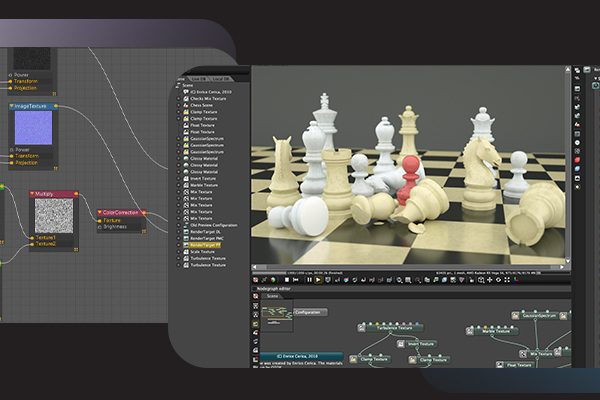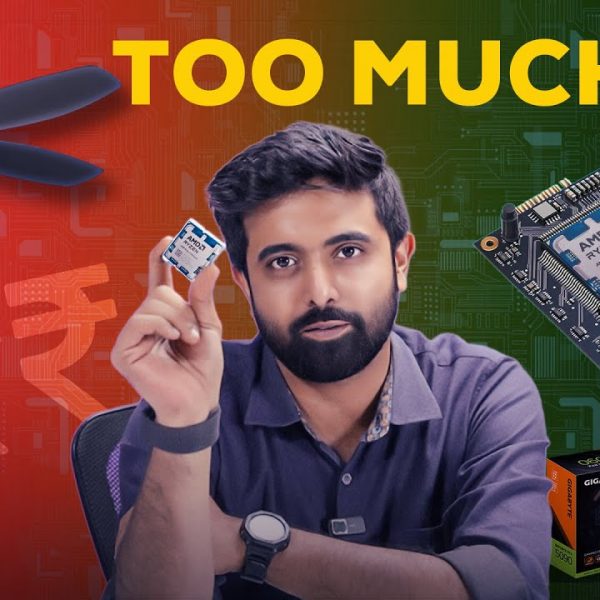Remember the rooftop scene in The Batman or the alien landscapes in The Mandalorian? Believe it or not, those stunning backdrops weren’t added in post-production—they were captured live, in real time, right on set.
So, how is that possible?
That’s exactly what we’re breaking down in today’s blog: the technology behind in-camera visual effects (ICVFX) on LED walls, and the kind of hardware setup you need to make it all work.
What’s New in Virtual Production?
Real-Time Tools Are Evolving—Fast
Shortly after NVIDIA launched its new Pro Series GPUs, Chaos introduced Arena—a proprietary, real-time tool designed specifically for in-camera visual effects (ICVFX) on LED volumes.
Not long after, Foundry announced Nuke Stage, a brand-new platform for virtual production and in-camera VFX that doesn’t require a game engine.
That’s big.
Unreal Engine Still Dominates—for Now
Until now, game engines like Unreal Engine and Unity have powered most LED wall setups. Why? Because they’re:
- Optimized for real-time performance
- Open and extensible (custom code, plugins, and flexible workflows)
But Foundry’s Nuke Stage is aiming to shift the paradigm. It’s:
- Nuke Stage is hardware-agnostic, in the sense that it runs on “commodity hardware”, and does not require a specialist media server, but it is designed for NVIDIA GPUs.
- Currently in early access (invite-only).
So while Nuke Stage is promising, Unreal Engine still rules the LED wall space—for now.
Building the Right Workstation for LED Wall Production
If you’re sticking with Unreal Engine, let’s break down the hardware that can handle it.
CPU
Currently, the overall fastest CPU for Unreal Engine is AMD’s Ryzen Threadripper Pro 7985WX. As it has more core count and multi-threaded power for the Unreal Engine.
If you are on a tighter budget, the Intel Core Ultra 9 285K or Ryzen 9 9950X are strong alternatives. Fewer cores, but higher clocks.
GPU
We got two big contenders. The latest NVIDIA’s RTX 6000 Ada—designed for pro workflows which offers tons of VRAM and full Quadro Sync II support.
Then there’s the GeForce RTX 5090—cheaper, and actually faster in raw 3D performance, but lacking some of the pro-grade features.
But if you’re working on a large LED wall setup, the RTX 6000 Ada is a better choice. As you’ll be needing that extra VRAM and sync support is essential.
RAM and Storage
Memory: 64GB minimum; 128GB+ is ideal
Storage:
2TB NVMe SSD (OS & software) and 4TB SSD (project files)
Fast storage = faster workflows.
Specialized Hardware required for LED Walls
NVIDIA Quadro Sync II
Essential for LED volumes. Keeps everything—from Unreal Engine to the camera to the LED wall—perfectly in sync.
NVIDIA NVLink
Need dual-GPU performance?
- One GPU renders the inner frustum (what the camera sees)
- The other handles the outer regions of the LED wall
Capture Cards
Critical for:
- Set extensions (virtual world beyond the LED wall)
- Sending video feeds to other systems
Conclusion
Whether you’re building your first virtual production rig or scaling up to a full LED volume setup, choosing the right tools—and the right hardware—makes all the difference.
Ready to Build?
Got questions about your next build? Get in touch with us through our website or visit one of our stores across the country.
Until next time—cheers!






